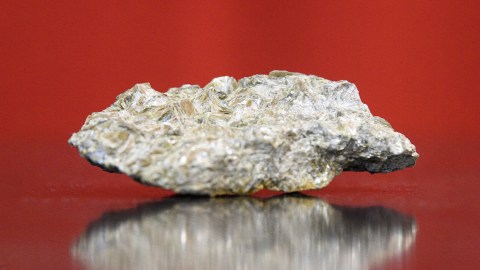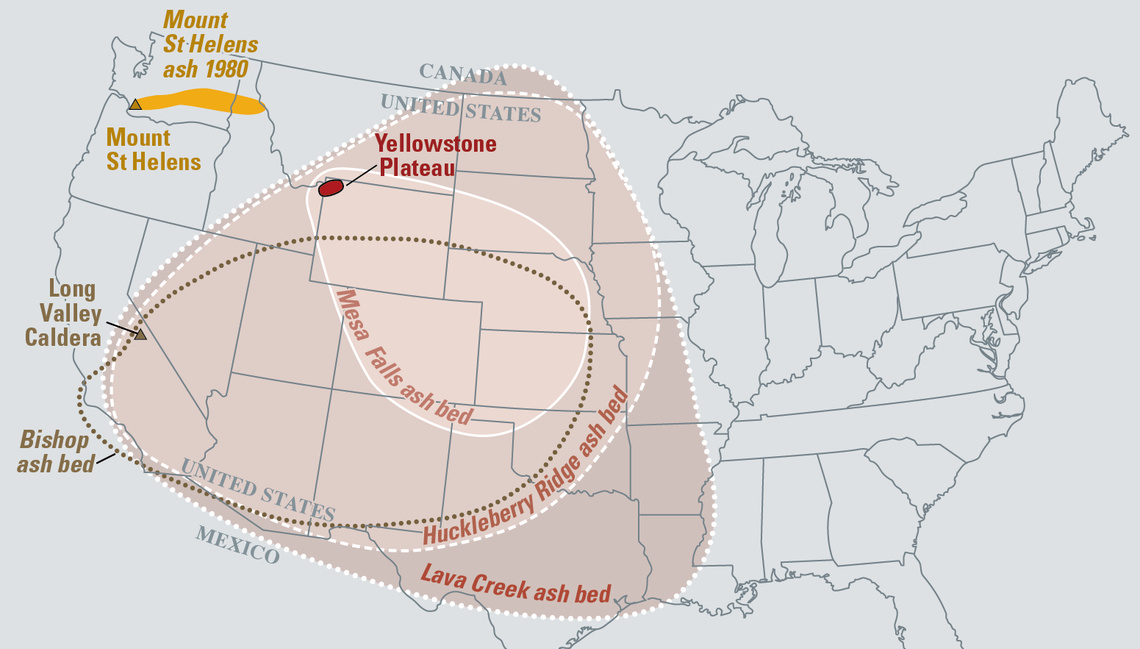The U.S. may have the largest known lithium deposit in the world

- McDermitt Caldera, straddling the border of Oregon and Nevada, may hold 20 to 40 million metric tons of extractable lithium, which would make it the largest known lithium deposit in the world.
- The caldera was the site of a massive volcanic eruption roughly 16 million years ago, which spewed lithium-rich magma.
- If the U.S. takes advantage of the monumental lithium deposit held within McDermitt Caldera, it will own a key domestic supply for building out a clean energy economy while simultaneously gaining a strong position in the global market.
Straddling the border of Oregon and Nevada rests McDermitt Caldera. Barren and desolate, the crater-like depression pockmarked with crags and scars might seem bland and lifeless to the layperson’s eye, but the real treasure is what lies just below ground. The 616-square-mile region could be home to the world’s largest known lithium deposit.
Lithium, the soft, light, silvery metal is increasingly ubiquitous these days. That’s because it is integral to the batteries used in laptops, smartphones, electric vehicles, grid storage, and pretty much every portable electronic device. Demand for the element, which these days is often called “white gold,” is forecast to rise to 1.5 million metric tons per year by 2028, a 66% increase over what humanity uses today. From there, it’s likely to rise even further and faster.
White gold rush
Thus, resource companies are currently rushing to uncover economical lithium deposits. As geologists affiliated with Lithium Americas Corporation, Columbia University, and Oregon State University recently described, McDermitt Caldera may be a “white gold” mine.
Reporting new readings in the journal Science Advances from mineral samples taken at Thacker Pass, home to a future lithium mine in the southern part of McDermitt, geologists say that unique clays composed of a mineral called illite hold nearly unprecedented lithium concentrations. While most claystone lithium concentrations average around 0.4% by weight, the illite clays contain 1.3% to 2.4%.
The finding reinforces estimates made by the authors’ colleagues back in 2020 — that sediments within McDermitt Caldera hold 20 to 40 million metric tons of extractable lithium, and perhaps far more. That’s at least twice the amount held within the brines beneath the Salar de Uyuni in Bolivia, the former largest known lithium deposit on Earth.
Origin story
How did McDermitt come to contain such a bounty of lithium? In their paper, the geologists explained how the region underwent what was essentially a large-scale, natural chemistry experiment that brought forth lithium-containing sediments from the bowels of the Earth then refined them over millions of years.
A little over 16 million years ago, a massive volcano erupted at McDermitt, explosively emptying its deep, voluminous magma chamber and leaving an earthen cauldron in its place. The caldera subsequently filled with water and became a large lake for hundreds of thousands of years. At the bottom, lithium-rich sediments cooled and formed, helped by high concentrations of solutes like rubidium and fluoride in the water. The lake eventually emptied out, likely from sustained evaporation in the dry region. Occasional, more subdued volcanism subsequently roiled the caldera, raising minor mountains on the western edge and spilling a searing, alkaline brine rich in lithium and potassium over the lake bed. After years and years of weathering and other earthly processes, we’re now left with the potentially world-changing remains.
The geopolitics of lithium
“It could change the dynamics of lithium globally, in terms of price, security of supply, and geopolitics,” Anouk Borst, a geologist at KU Leuven University, told Chemistry World.
China, the U.S.’s greatest economic competitor, is presently rushing to lock up lithium supplies in South America and other countries, as the country only holds a meager 7% of known reserves within its borders. If the U.S. takes advantage of the monumental lithium deposit held within McDermitt Caldera, it will own a key domestic supply for building out a clean energy economy while simultaneously gaining a strong position in the global market.





